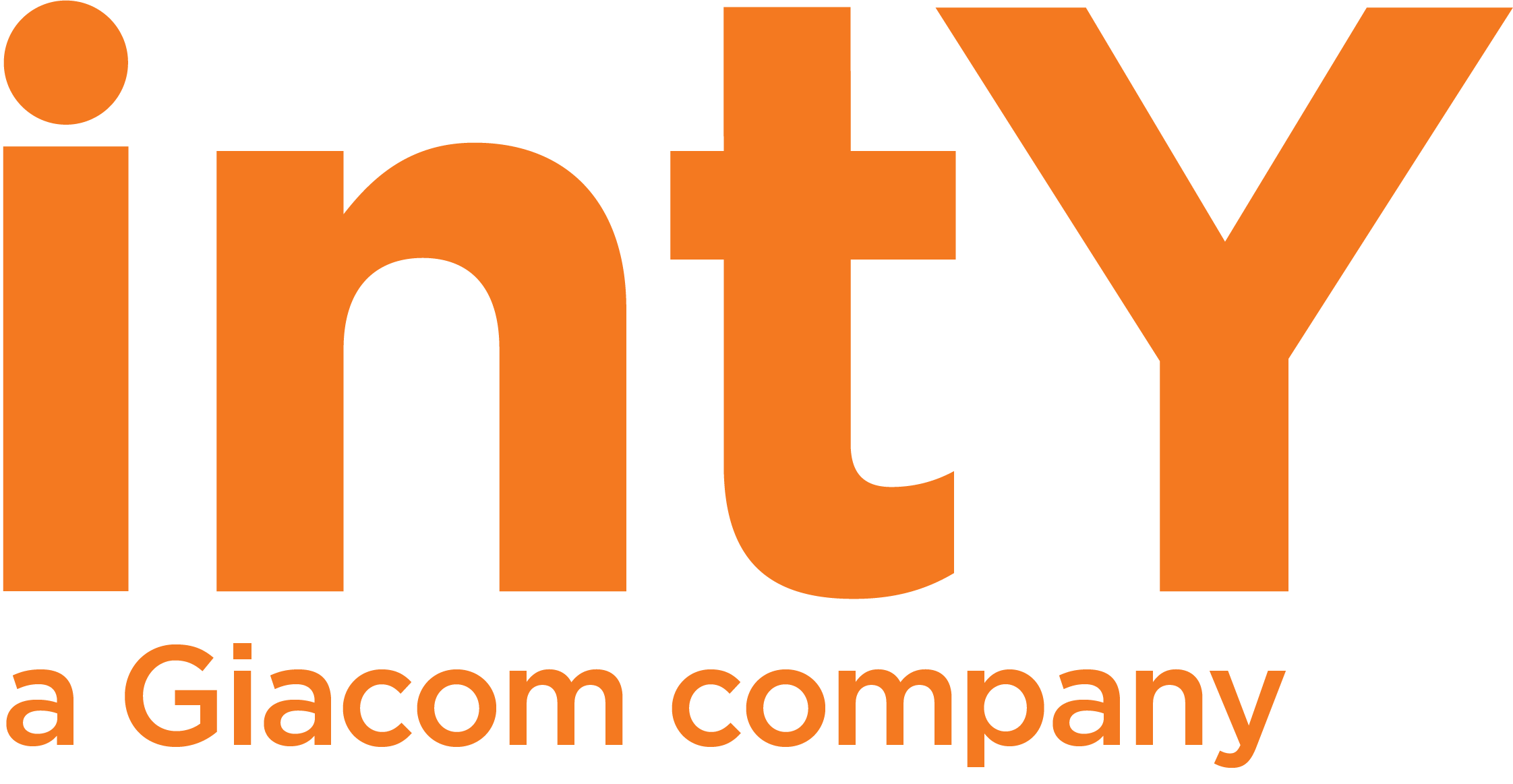Home » How to maximise endpoint security for business continuity and threat detection
How to maximise endpoint security for business continuity and threat detection
- Max Dibble
- Articles, Cybersecurity
- Endpoint Protection
Securing customer endpoints has become a critical function for MSPs. The threat landscape is continuously evolving, and every endpoint, from laptops to IoT devices, can be considered a point of attack. It’s therefore essential you have the knowledge and tools to protect the devices that connect to your customers’ corporate networks beyond their firewalls.
In order to provide optimal protection to your customers, you need to understand the importance of Endpoint Security and the core functions of Endpoint Protection Platforms (EPPs). Follow this guide for essential knowhow and learn what to consider when looking for the best Endpoint Security solution.
Endpoint Security: what is it and why is it important?
Endpoint Security aims to prevent the entry points of user devices from being exploited by malicious actors and cyber breaches. Any device that connects to the corporate network outside of its firewall presents a risk – including laptops, mobile devices, IoT devices, POS systems, digital printers and switches.
The increasing sophistication of cyber threats poses significant risks to businesses of all sizes. Every endpoint can be considered a point of attack and losing access to valuable company data could put the entire business at risk. Therefore, Endpoint Security is a crucial pillar of any cyber security strategy.
There are many SaaS tools available to help MSPs build a strong Endpoint Security strategy. These solutions offer centralised management consoles to monitor, protect, investigate and respond to incidents, and also examine files, processes and system activities for suspicious or malicious indicators.
Core functions of Endpoint Security
Endpoint Security consists of three core functions that work together to protect against cyber threats – prevention, Endpoint Detection and Response (EDR) and Advanced Threat Security (ATS).
- Prevention is the foundation of Endpoint Security, as it helps protect against known and unknown threats. It involves setting up security measures such as firewalls, antivirus software and application control to prevent malware and other malicious actors from accessing endpoints. User education and training also plays a key role. However, prevention alone may not be enough to protect against advanced threats that can bypass these measures.
- EDR solutions use advanced techniques such as behavioural analysis and machine learning to detect and respond to advanced threats that can evade prevention measures. They can identify and investigate security incidents, contain them to minimise the damage and provide the necessary information for response and recovery.
- ATS focuses on protecting against zero-day attacks, fileless malware and other advanced threats that can exploit vulnerabilities in the network and endpoints. ATS solutions use techniques such as sandboxing, threat hunting and machine learning to identify and respond to these threats.
Endpoint Security: core products and bolt-ons
The core functions of any Endpoint Security solution will include cloud security, endpoint security and anti-virus. These provide a baseline level of protection for endpoints and are essential for any organisation that wants to secure its data and networks.
Bolt-ons can enhance the level of security MSPs can provide. These include the aforementioned EDR and ATS, but smaller practitioners may also consider external Managed Detection and Response (MDR).
MDR involves outsourcing the monitoring of endpoints to a Security Operations Center (SOC), which can provide round-the-clock monitoring and response to potential threats. It’s a comprehensive solution that combines monitoring, detection and response to threats – and can provide additional benefits such as incident response planning, threat hunting and remediation.
Endpoint Security with Bitdefender
When it comes to finding the best security solution, we have many options available to you, plus a team of experts that can help point you in the right direction.
One of these options includes Bitdefender GravityZone Cloud MSP Security, offering a complete endpoint security solution that continuously monitors activity and highlights any abnormal behaviour to provide early visibility.
You can learn more about Bitdefender here.
How intY can help you build an effective endpoint security solution
When evaluating endpoint security solutions, MSPs should consider several factors including ease of management, cost-effectiveness and support from the distributor for implementation, integration and troubleshooting.
Our in-house security experts are fully equipped to help you find the best vendor for your customers. Our team will review your endpoint security landscape, provide guidance on how to implement a multi-vendor approach, assist with security reviews and vendor selection. We also have established relationships with vendors to help with migration and upskilling of staff.
The Future of Endpoint Security
As the cyber threat landscape continues to evolve, it’s crucial for MSPs to get to grips with Endpoint Security and its core functions. You can get a head start by performing a comprehensive security assessment of your customers’ environments to identify potential vulnerabilities and risks. From these results, you can set about creating an Endpoint Security strategy to address those risks, along with training and education programs for employees to raise awareness about the importance of Endpoint Security and share best practices to protect their devices and data.
Ready to build your Endpoint Security Strategy?
Learn more about Bitdefender’s complete endpoint security software in our OnDemand Webinar.
Related Posts

How adding Microsoft Teams into your stack can unlock new business potential
Unlock the potential of Microsoft’s Modern Workplace for business growth and competitiveness with intY’s support.

How to harness the business opportunity of Microsoft’s Modern Workplace
How to harness the business opportunity of Microsoft’s Modern Workplace Flexible working is here to stay. In this post-pandemic era, the new norm is for

Unleashing the power of Microsoft Security Copilot
Microsoft Security Copilot is an AI-powered security analyst that uses GPT-powered natural language to investigate and respond to security incidents, threats and vulnerabilities.


